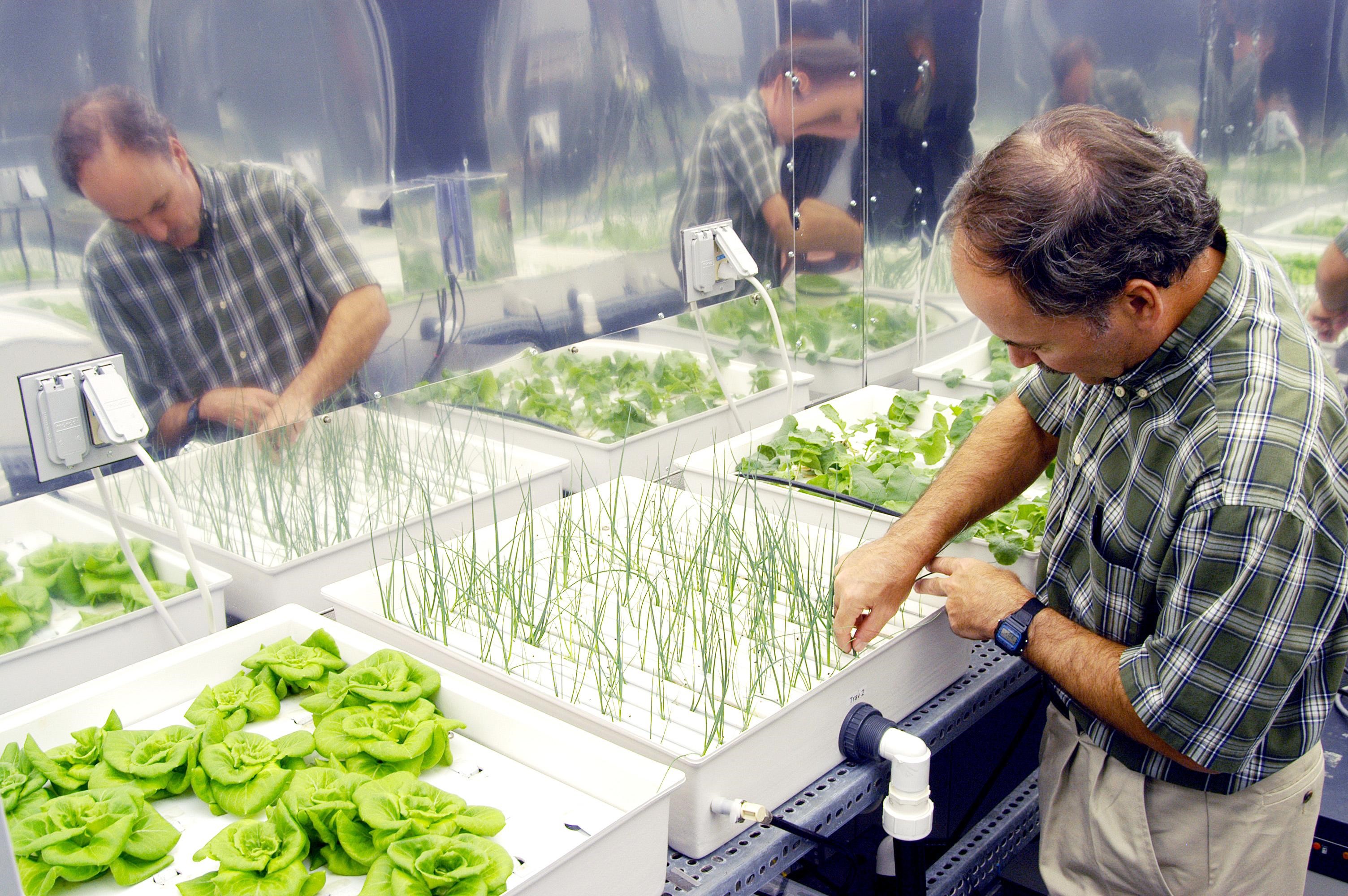Growing indoor cannabis 101
- Introduction to Cannabis Cultivation
- Understanding Hydroponics
- Seed Germination and Cloning
- Water Quality Management
- Optimizing Growth Environments
- Pest and Disease Management
- Harvesting and Curing
- Safety and Security Issues
- Business and Marketing Strategies
- Ethics and Responsibility
- Practical Applications & Case Studies
- Review and Self-Evaluation
- Final Project & Peer Review
Water Quality Management
Understanding pH and EC in Hydroponics

Agricultural technics for growing plants without soil using nutrients in water.
In hydroponic cannabis cultivation, maintaining optimal water quality is crucial for the health and productivity of your plants. Two key factors that significantly influence water quality are pH and Electrical Conductivity (EC). This article will provide a comprehensive understanding of these two factors and their role in hydroponic cultivation.
What is pH and Why Does it Matter?
pH is a measure of the acidity or alkalinity of a solution. It is measured on a scale from 0 to 14, with 7 being neutral. Values below 7 indicate acidity, while values above 7 indicate alkalinity.
In hydroponics, the pH of your nutrient solution can significantly impact the availability and uptake of nutrients by your cannabis plants. Each nutrient has a specific pH range where it is most available to plants. If the pH of your solution is outside this range, your plants may not be able to absorb the nutrient, even if it is present in the solution. This can lead to nutrient deficiencies, which can negatively impact plant health and yield.
For cannabis, the optimal pH range is typically between 5.5 and 6.5. Regularly monitoring and adjusting the pH of your nutrient solution is crucial to ensure your plants can access all the nutrients they need.
What is Electrical Conductivity (EC) and Why Does it Matter?
Electrical Conductivity (EC) is a measure of the total amount of salts (nutrients) in your nutrient solution. It is measured in Siemens per meter (S/m), but for hydroponic applications, it is often reported in milliSiemens per meter (mS/m) or microSiemens per centimeter (µS/cm).
The EC of your nutrient solution gives you an idea of how concentrated your solution is. A higher EC indicates a higher concentration of nutrients. However, a solution that is too concentrated can lead to nutrient toxicity, while a solution that is not concentrated enough can lead to nutrient deficiencies.
For cannabis, the optimal EC range can vary depending on the stage of growth. Seedlings and young plants generally prefer a lower EC (0.8-1.2 mS/cm), while mature plants can handle a higher EC (1.2-2.0 mS/cm).
Like pH, it's important to regularly monitor and adjust the EC of your nutrient solution to ensure your plants are getting the right amount of nutrients.
In conclusion, understanding and managing pH and EC in your hydroponic system is crucial for successful cannabis cultivation. By regularly monitoring these factors and making necessary adjustments, you can create an optimal environment for your plants to thrive.